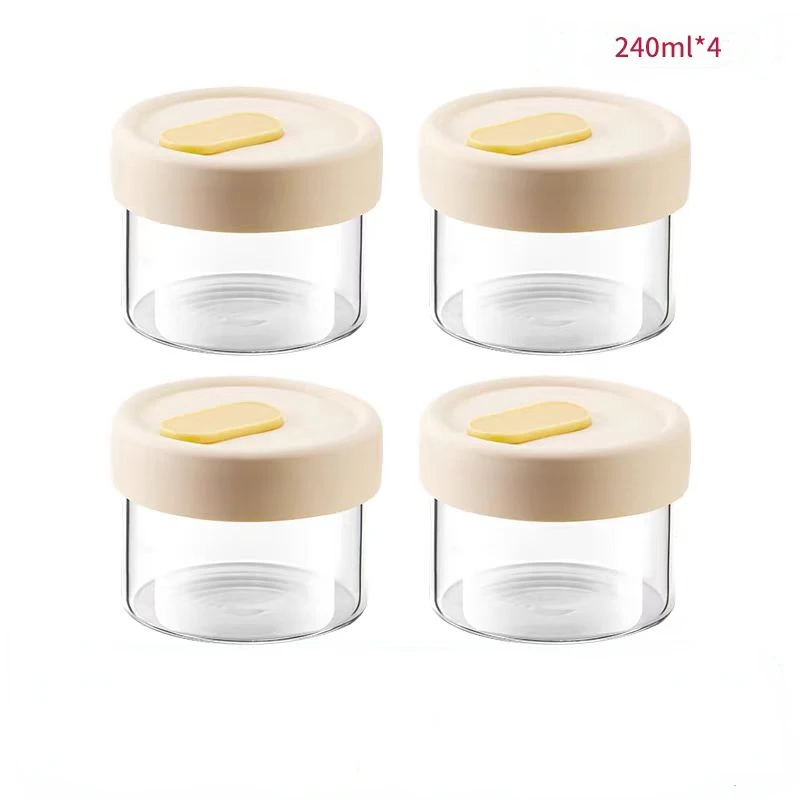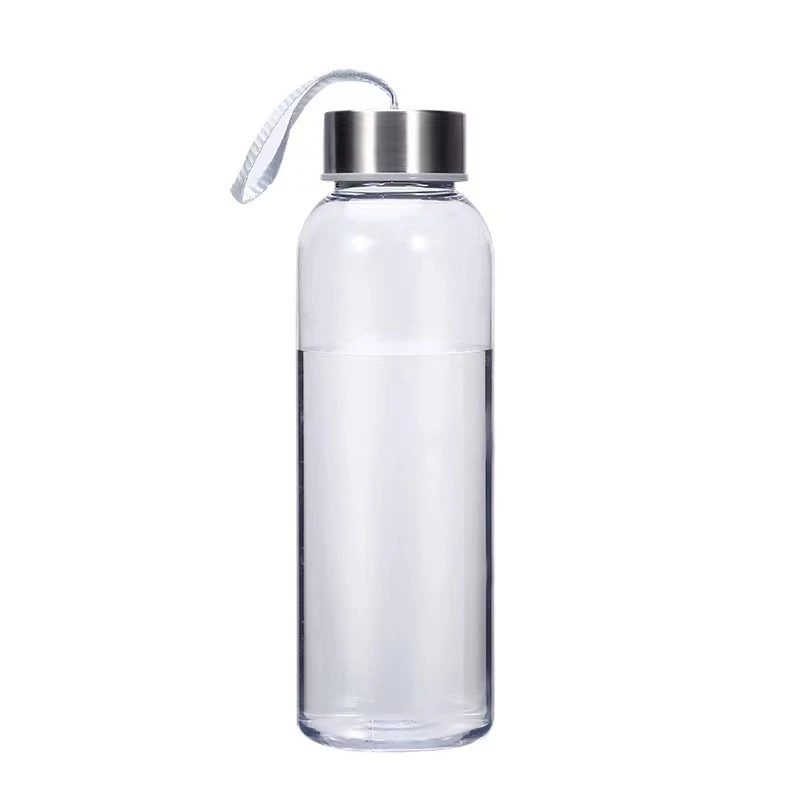Extra large glass storage jars with airtight seals are more than mere kitchen accessories; they are a combination of style, sustainability, and practicality. Whether for preserving your favorite snacks, organizing your pantry, or simply adding a decorative aspect to your home, these jars cater to a wide array of needs. Their ability to keep food fresh and reduce waste, alongside their aesthetic appeal and environmental benefits, makes them an essential tool in any modern kitchen. As you strive for a more organized and eco-friendly lifestyle, these versatile containers should undoubtedly be on your shopping list.
 Home
Home











